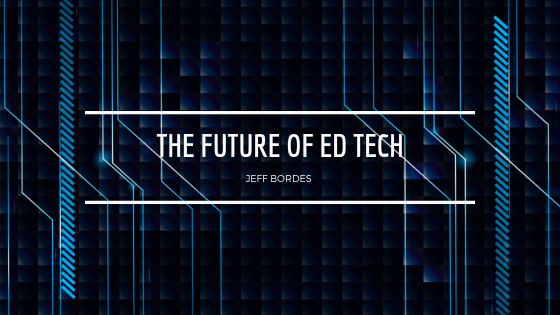Technology is an ever-changing influence on nearly all aspects of life. As the technology evolves, so, too, do the processes it supports. Education is no exception to this. Present day education looks very different than it did just a few years ago. The way people teach and learn continues to adapt to the tools that are readily available for teachers and students alike. So, what does the future of educational technology look like?
It is diverse, creative, and collaborative. Constructivism, the educational theory centered on the idea of learning as an active, contextualized process of building knowledge rather than simply acquiring it, is at the root of any teaching and learning with the following trends that are revolutionizing education.
Trend: Virtual Reality and Digital Storytelling
Virtual Reality, the interactive, computer-generated simulation experience that is the underlying engine for the wildly popular gaming movement, holds much promise for educational applications. Tools such as Zspace, and Nearpod allow students and teachers to access and create cooperative, interactive, 3-D experiences to enhance learning. Storyfab, allows students to direct, produce, and distribute their own digital stories with an augmented reality tool.
Trend: Making and Creating
Whether making a digital item or an actual, physical artifact, education is firmly in the age of creation.
3-D printing is making its educational presence known, in a big way. As educators look to feed students’ appetite for creation, MakerBot offers a collection of lesson plans and a robust user community to help ensure the successful implementation of 3-D printing into curricula.
Video games aren’t just for playtime anymore. Bloxels, provides a toolset for students to create and share video games of their own design.
The allure of Minecraft has been harnessed in pi-top, which emphasizes experimentation, collaboration, and play in a number of maker-centric projects and kits.
The future of educational technology is bright. Teachers are excited by the possibilities different educational technology tools can offer. They are eager to offer opportunities to virtually step outside of their classrooms, to provide their students with the chance to show and extend learning, and to repurpose tools to fill as of yet, unarticulated needs. The market is quite strong, with new devices, apps, and technologies introduced on a weekly, if not daily, basis. Students, too, are excited to embrace the creativity, collaboration, and flexibility of technologies into their learning.
